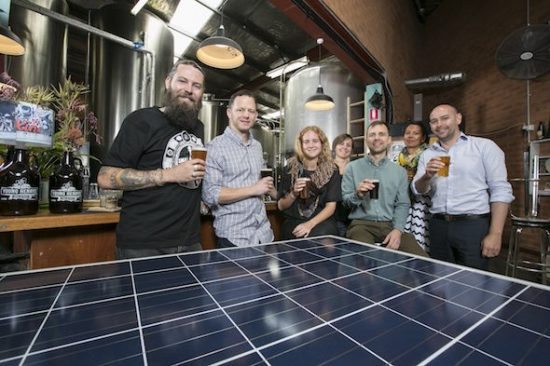Aboriginal land turned over to grazing
‘Wine to Ethanol’ call to action from Victoria’s Sunraysia Area Consultative Committee
January 16, 2006Country Women’s Association distributes drought relief funds through its on-ground networks
January 17, 2006In the Northern Territory, at least 10,000 square kilometres of Aboriginal land has been returned to pastoralism. The three-year partnership between the Indigenous Land Corporation and other agencies is helping attract more people into the cattle industry, and funding could be extended for five more years.
The corporation’s manager of pastoral development, Luke Bowen, says it is on target to stock an extra 35,000 cattle across Aboriginal land.
“People like to see their land in production, there is no doubt about that whatsoever and I have seen it for myself where Indigenous people who have been sitting on land for quite a period of time, who have seen things happening next door are now able to speak quite proudly of the fact that they have got cattle on they’re land,” he said.
“They have got roads, they have got fences, they have got water points. “They have got cattle leaving the property and going on ships and going overseas. They are becoming part of the industry.”


1 Comment
Government policy and practice in respect of Aborigines has, since 1788, allowed Aborigines little real control over their own lives. Human rights abuses, prevalent in the ‘frontier’ stage of colonisation, are a stark illustration of this fact. The later stages of segregation and control (1860s-1930s), assimilation (1930s-60s), integration (1960-70s), self-determination (1970s-90s), and shared responsibility (2004-present) have presented new challenges to Indigenous peoples.